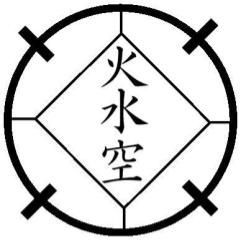Frequently Asked Questions
What is Karate?
The original kanji for "karate" meant "T'ang (China) hand", acknowledging its roots in Chinese martial arts. Gichin Funakoshi, the founder of shotokan, altered the first kanji so that it translated to "empty hand", which is now the common usage.
While karate is a Japanese word, it is often generically used to describe martial arts styles that primarily use kicks and strikes. Some karate schools also teach joint locks and traditional weapons as part of their curriculum.
In the past, tae kwon do had been referred to as “Korean karate” and kung fu as “Chinese karate”.
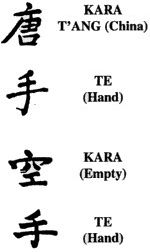
What is your teaching philosophy at Ellis County Martial Arts?
The teaching philosophy at ECMA is “Traditional Values, Modern Concepts”. To summarize:
- First, we believe discipline and safety are priorities. Those who only want to fight without improving self discipline and exercising respect are not candidates for membership at ECMA.
- Second, we believe learning practical and effective self-defense is more important than teaching outdated or esoteric techniques simply because they were taught that way many years ago. Ray Sensei’s curriculum reflects the best of proven principles and modern applications.
- Third, once students have a firm grasp of basic moves and principles, they should begin to “tailor” techniques to fit their needs or preferences. For most students, this part of the journey begins in earnest after sho-dan, first degree black belt.
Ray Sensei has designed a curriculum that teaches basic and necessary movements first (Essential), to address some of the most important defense concepts for modern times. The curriculum continues these basic ideas into variations (Enhanced), and the more sophisticated and complex movements are taught later in the curriculum (Expanded).
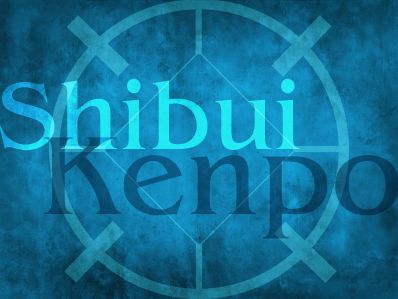
What style do you teach at Ellis County Martial Arts?
Shibui Kenpo – an original curriculum designed by Ray Sensei.
“Shibui” (she-boo-ee) can be translated as something having “simple or subtle elegance”, as opposed to something flashy or gaudy. Its beauty is that it is both simple and effective; anything unnecessary or distracting has been discarded.
"Kenpo" (ken-poe) is the Japanese translation of the Chinese art chu’an fa or chu’an shu, better known to westerners as “kung fu”. Kenpo emphasizes speed, uses both linear and circular motions, employs intermittent power where needed, and subscribes to the concept of zentai, or the idea that the whole body is a target. These concepts make kenpo adaptable to a broad range of ages and abilities. It does not require great strength, high kicking, or acrobatic maneuvers.
Ray Sensei does not teach sport karate or competitive MMA (mixed martial arts). However, you will see elements of American kenpo, jui jitsu, kenjutsu/aikijutsu, and Filipino martial arts in his curriculum.
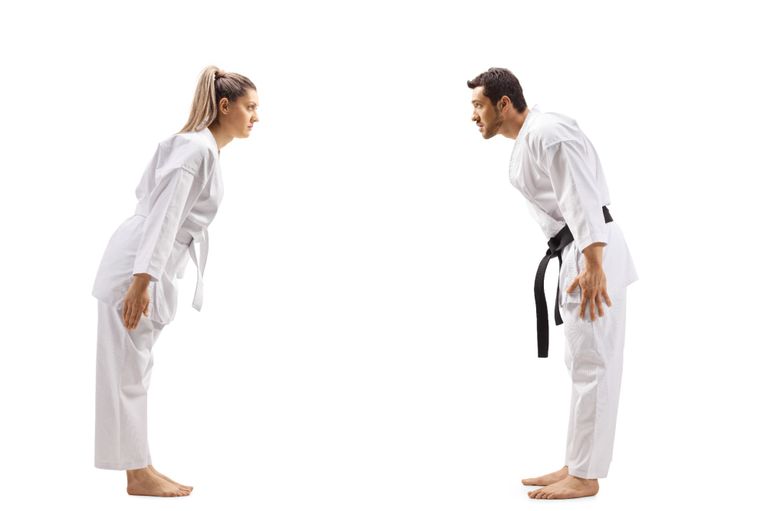
What is the difference between other schools and ECMA?
The immediate difference is that ECMA is a private school and does not have “open enrollment”; students cannot simply register for classes like a gymnasium. At ECMA, potential students must first submit a written application for membership. After reviewing the initial application, the chief instructor will schedule an interview for qualified applicants.
After being accepted, students will have a specific schedule to train with Ray Sensei once per week, in a semi-private class. Students in these classes receive 100% of the instructor’s attention, allowing the serious and dedicated student the opportunity to progress faster than in a large group class.
ECMA students are expected to practice on their own between classes. Students who do not show steady improvement between classes may be dismissed to make room for students who are more dedicated.
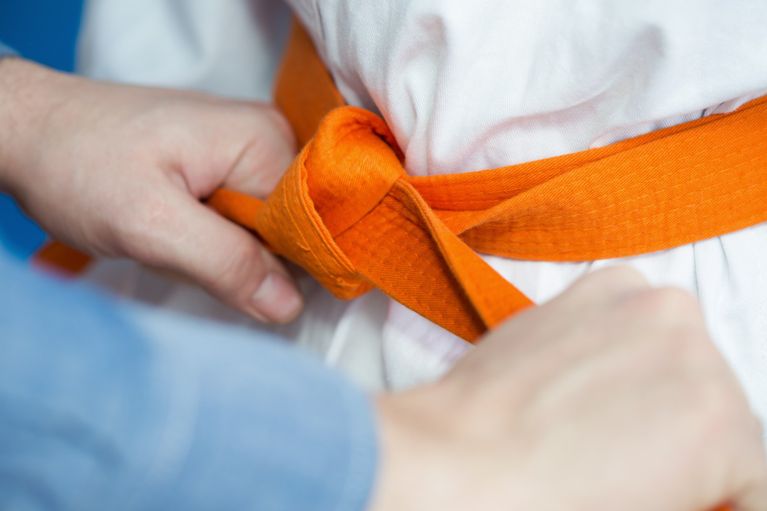
What is a typical class like?
Each class begins and ends with discipline, courtesy, and respect. A typical class will consist of warm up drills with karate basics, reflex drills, and bag work. Solo exercise consists of kata, memorized patterns reflecting class basics that can be practiced at home.
Partner exercise for learning self-defense is part of every class; students also practice controlled sparring to learn to judge distance and timing.
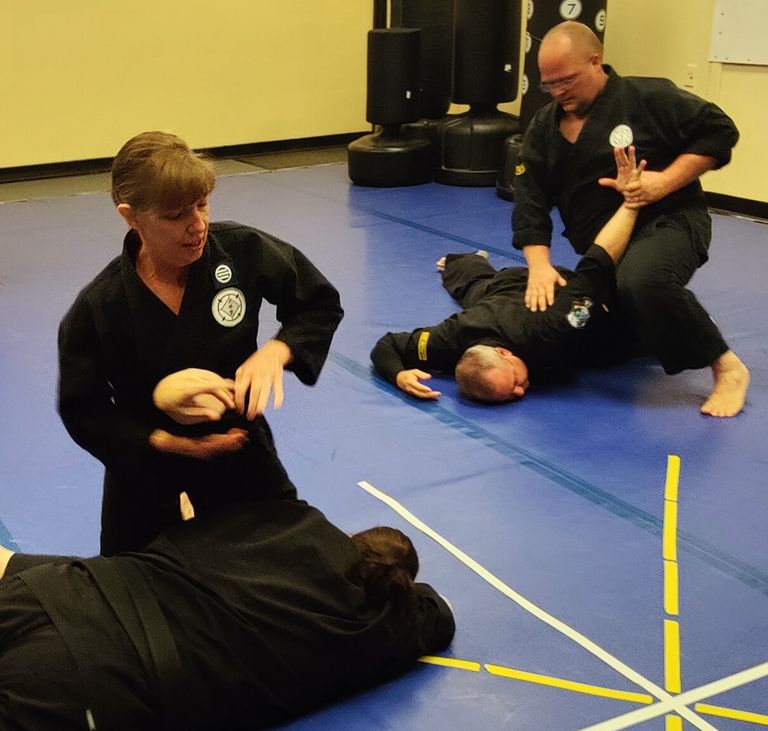
What is the average class size?
The average class is 3 to 4 students. The minimum is 2 students; the maximum is 6 students.
Ray Sensei rarely teaches one student by himself; if you wish to schedule a Personal Lesson for self-defense/defensive tactics training, you will need to provide an uke (training partner) as well.
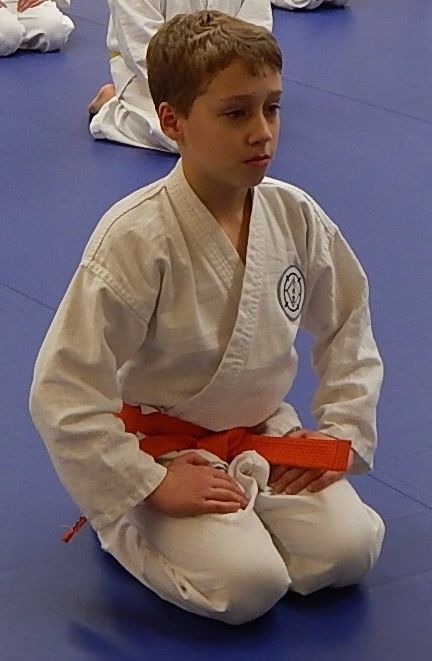
What is the youngest age my child can start at ECMA?
Typically the minimum starting age is 16 years old, but we may allow younger students who demonstrate exceptional focus and desire.
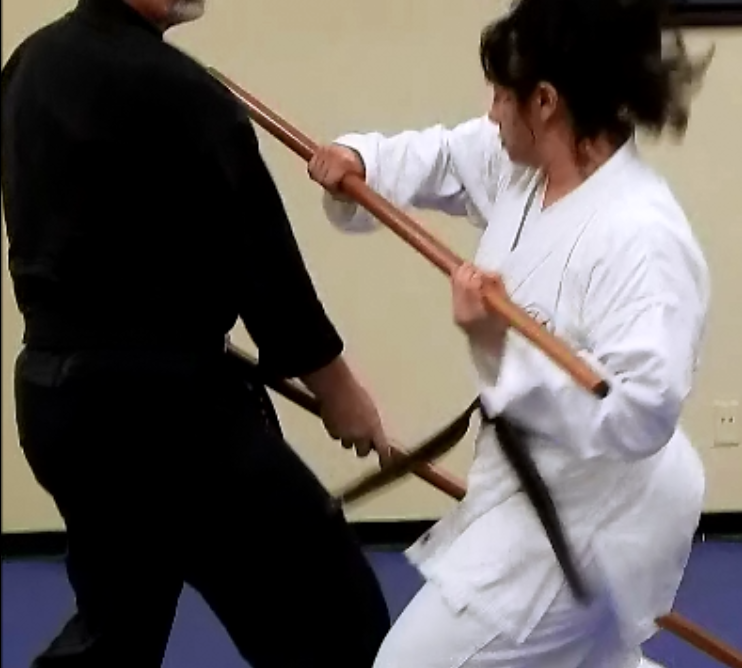
Am I too old to start learning martial arts?
Youth and fitness are helpful, but desire and determination are far more important qualities. Our adult curriculum does not require great flexibility, great strength, or acrobatic moves.
However, classes are often physically demanding. When submitting a New Member Application, be sure to list any physical issues you might have.
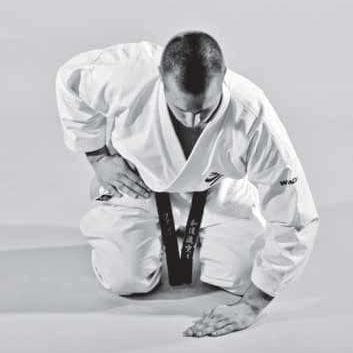
How should I address the instructors?
Traditional respect is an important part of classes at Ellis County Martial Arts. Students may address the chief instructor as Sir, or Ray Sensei. Please do not address any instructor as “coach”; we do not teach martial arts as a sport.
All yudansha (students awarded first degree black belt and above) should be addressed by Mr., Mrs., Miss and last name – Mr. Jones, Mrs. Moore, etc.
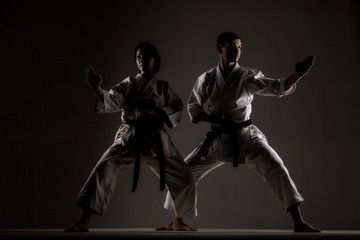
How much does it cost?
For those who pass the interview with Ray Sensei, the Trial Membership is $169.00 for one month.
Continuing tuition can vary somewhat with different options; the average is $165.00 per month per person.

Do you have any extra or "hidden" fees?
No. There are no other fees besides the tuition for classes. While students will need specific equipment for training as they advance, there are no additional fees. Ever.
Students have the option to join the International Kenpo Karate Academies organization; it is not required for ECMA membership or rank.
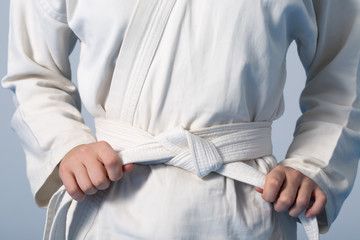
How do I apply for membership?
- Step One: carefully read all the information on this site. If you agree with our teaching philosophy and format, continue to Step Two.
- Step Two: request the New Member Application via email info@waxahachiekarate.com , fill it out completely and send it back (preferably as a PDF document).
- Step Three: if your initial application is approved, Ray Sensei will schedule a face-to-face interview. After the interview, select students may be offered a Trial Membership.
© Copyright. All rights reserved.
We need your consent to load the translations
We use a third-party service to translate the website content that may collect data about your activity. Please review the details in the privacy policy and accept the service to view the translations.
